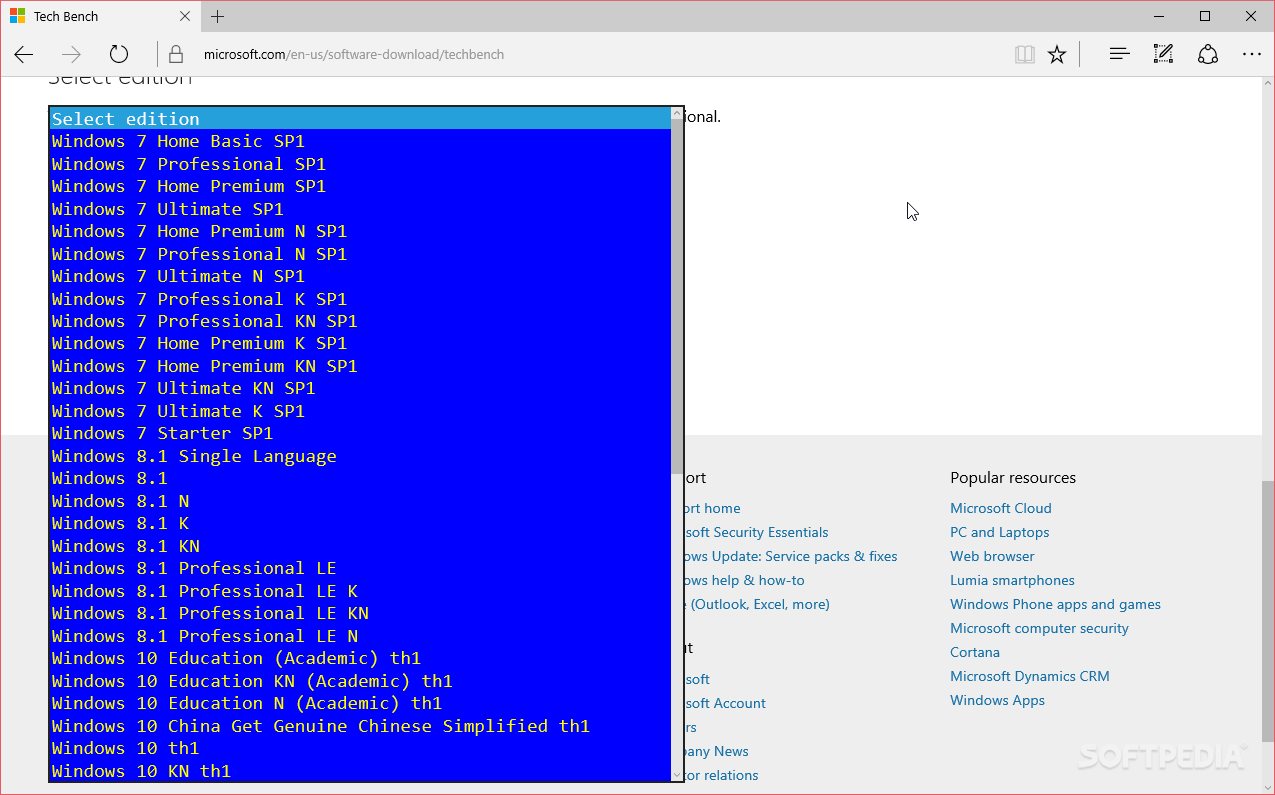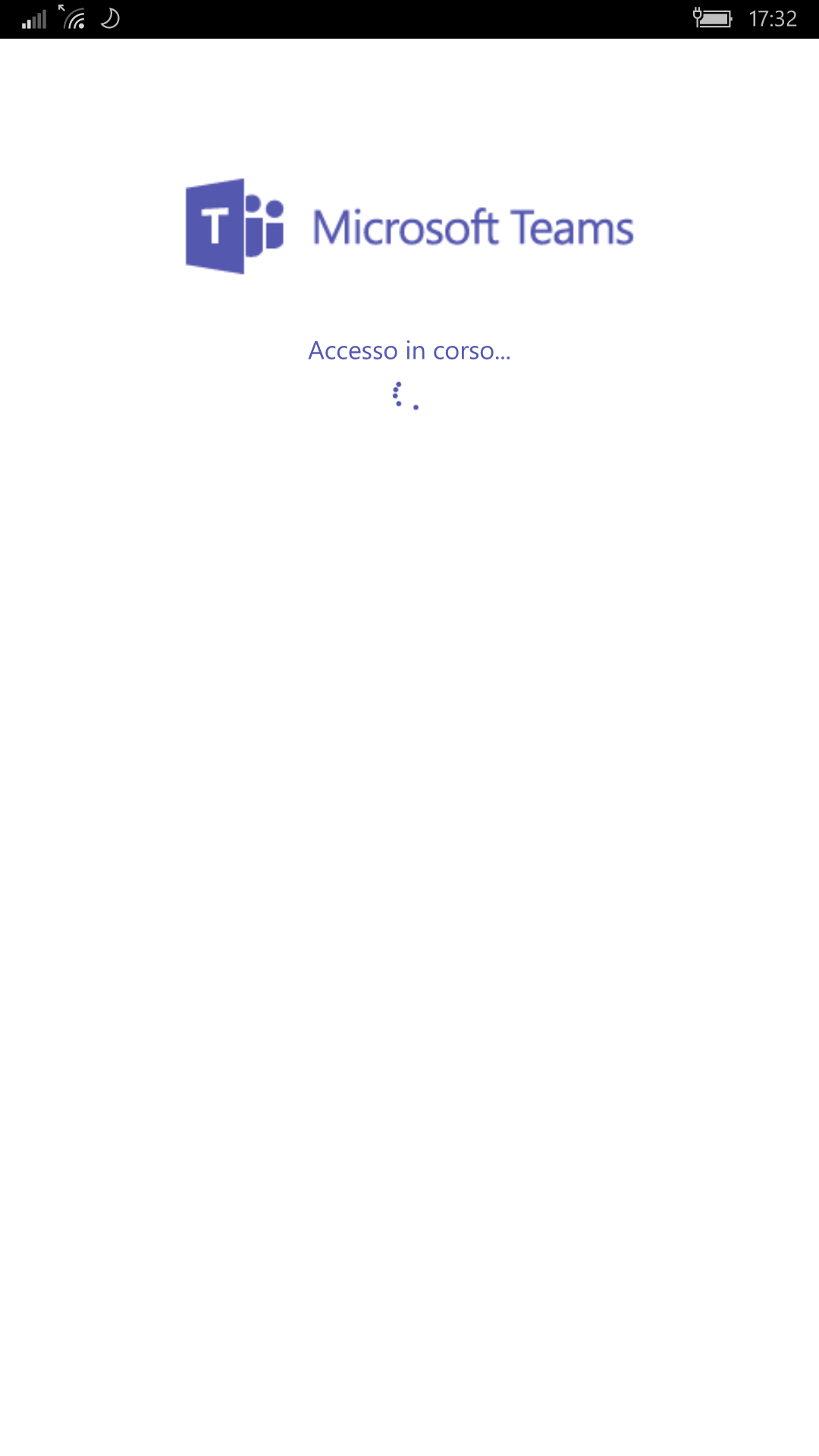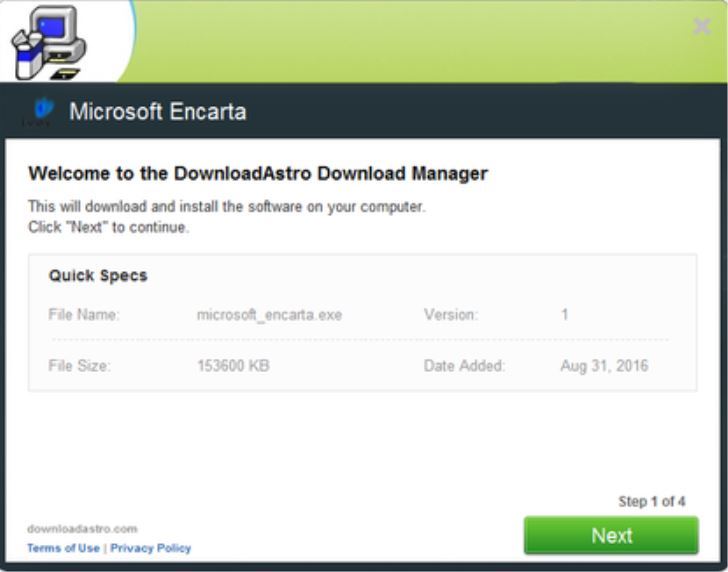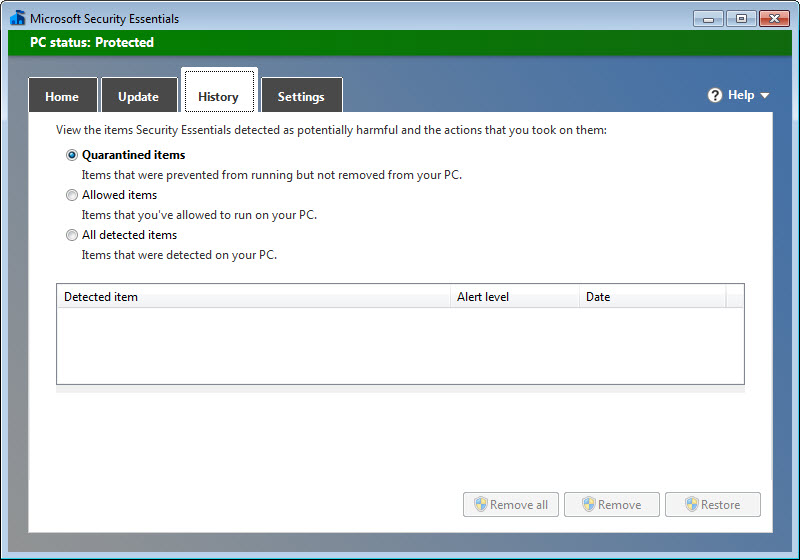The upgrade offer was marketed and initiated using the "Get Windows 10" application, which was first downloaded and installed via Windows Update in March 2015. Third-party programs were also created to assist users in applying measures to disable GWX. 10 product keys, meaning they could be entered during installation to activate the free license, without the need to upgrade first to "activate" the hardware with Microsoft's activation servers. Extended support until January 13, 2032The original release of Windows 10 receives mainstream support for five years after its original release, followed by five years of extended support, but this is subject to conditions.
Microsoft stated that these devices would no longer receive feature updates, but would still receive security updates through January 2023. Microsoft will continue to support at least one standard Windows 10 release until October 14, 2025. Whether your PC came with a Windows 10 license or you previously took advantage of the free upgrade offer, you won't need to enter a license key during this process. Your Windows 10 license will be automatically acquired from your PC's hardware or via Microsoft's servers.
This option is enabled by default and is set to check for updates daily . Why you find it disabled may be because you have used Rufus earlier with your current user profile and you have opted out of update checking at some point. This is especially true for the regular version of Rufus where all the settings are stored in the Windows registry. So even when you delete the Rufus EXE file, the settings are preserved and can be used the next time you download and run Rufus. The portable version of Rufus stores its settings in the rufus.ini file which it creates automatically the first time it runs.
More useful info on regular and portable version of Rufus can be found in Note 1 below. If your Windows 7 or Windows 8 license is not activated and you are not interested in purchasing a license, then your options are limited. Microsoft offers a 90 day trial of its Windows 10 Enterprise edition.
Windows 10 Enterprise is normally distributed under Microsoft's volume license program for large organizations that deploy Windows 10 in bulk. It's a full-featured edition of the operating system but in this case, it's really an evaluation version of the software. Users must register before they can download and install the software. This option is perfect for those users who are running Windows Vista or never had a genuine license, to begin with. Other critics argued that Microsoft should not have triggered any downloading of Windows 10 installation files without user consent. On May 2, 2017, Microsoft unveiled Windows 10 S , a feature-limited edition of Windows 10 which was designed primarily for devices in the education market , such as the Surface Laptop that Microsoft also unveiled at this time.
The OS restricts software installation to applications obtained from Microsoft Store; the device may be upgraded to Windows 10 Pro for a fee to enable unrestricted software installation. As a time-limited promotion, Microsoft stated that this upgrade would be free on the Surface Laptop until March 31, 2018. Windows 10 S also contains a faster initial setup and login process, and allows devices to be provisioned using a USB drive with the Windows Intune for Education platform. Windows 10 has become the most popular operating system for desktop computers, with more than 1.3 billion active PCs running it.
Despite focusing on the new Windows 11 release—now rolling out—Microsoft continues to support Windows 10 with servicing updates. The OS continues to offer unique capabilities like touch input, a voice-based virtual assistant, face login, Windows Defender security, and mixed reality tools. Still-important but more mundane features include an improved screenshot tool, better window arrangement, and unified notifications.
The OS has reached a point of polish and functionality to earn it a PCMag Editors' Choice award. In March 2016, some users also alleged that their Windows 7 and 8.1 devices had automatically begun upgrading to Windows 10 without their consent. In June 2016, the GWX dialog's behavior changed to make closing the window imply a consent to a scheduled upgrade. It was concluded that these users may have unknowingly clicked the "Accept" prompt without full knowledge that this would begin the upgrade.
Feature updates prior to version 1909 are distributed solely as an in-place upgrade installation, requiring the download of a complete operating system package (approximately 3.5 GB in size for 64-bit systems). Unlike previous builds, version 1909 is designed primarily as an update rollup version of 1903, focusing primarily on minor feature additions and enhancements. For upgrades to 1909 from 1903, a new delivery method is used where its changes were delivered as part of the monthly cumulative update, but are left in a dormant state until the 1909 update "enablement" patch is installed. The full upgrade process is still used for those using builds prior to 1903. This edition is designed for "special-purpose devices" that perform a fixed function . For this reason, it excludes Cortana, Microsoft Store, and all bundled Universal Windows Platform apps .
The new Start menu takes after Windows 7's design by using only a portion of the screen and including a Windows 7-style application listing in the first column. The second column displays Windows 8-style app tiles. Myerson said that these changes would occur in a future update, but did not elaborate.
Windows Phone 8.1 would share nearly 90% of the common Windows Runtime APIs with Windows 8.1 on PCs. Windows 10 received generally positive reviews upon its original release. Many would argue that downloading Windows without paying for or already owning a product key is ethically wrong. That said, Microsoft has made this process easier over various Windows iterations and lessened the limitations and nagging that happens when you don't activate. The company isn't trying to close this loophole, probably because it's more interested in driving user numbers.
I've even seen well-known vendors and Microsoft partners do press presentations with watermarks on their desktop. Getting hold of the Windows installer is as easy as visiting support.microsoft.com. Whether you've paid for Windows 10 already or not, anyone is allowed to download a Windows 10 ISO file and burn it to a DVD or create installation media on a USB drive for free. Once that's done, you can boot from your installation media and load Windows 10 onto your PC. During installation, Microsoft asks for an activation key.
You can skip it, but eventually, Windows will start alerting you that your install isn't activated. Older blog but I will take a chance and post my problem. One partition is windows 10 Home 64bit and the other is windows 10 pro 32 bit. When I had a hardware failure I replaced the mainboard with a board that was very close to the original in the sense of chipsets and CPU. Used my original Graphics card , FAXmodem , Hard drives, and memory. When I powered the system I went to the 64 bit partition first.
It activated using the "replace hardware recently" option. I have a second retail win 7pro disc package with valid key but when I enter it, It just keeps saying I can't have two different versions on the same machine basically. 10 heavily emphasizes freemium services, and contains various advertising facilities. Some outlets have considered these to be a hidden "cost" of the free upgrade offer. 10 Home and Pro is "Semi-Annual Channel " (formerly "Current Branch", or "CB"), which receives stable builds after they are publicly released by Microsoft.
Each build of Windows 10 is supported for 18 months after its original release. A new iteration of the Start menu is used on the Windows 10 desktop, with a list of places and other options on the left side, and tiles representing applications on the right. The menu can be resized, and expanded into a full-screen display, which is the default option in Tablet mode. A new virtual desktop system was added by a feature known as Task View, which displays all open windows and allows users to switch between them, or switch between multiple workspaces.
Universal apps, which previously could be used only in full screen mode, can now be used in self-contained windows similarly to other programs. Program windows can now be snapped to quadrants of the screen by dragging them to the corner. When a window is snapped to one side of the screen, Task View appears and the user is prompted to choose a second window to fill the unused side of the screen (called "Snap Assist").
On January 21, 2016, Microsoft was sued in small claims court by a user whose computer had attempted to upgrade to Windows 10 without her consent shortly after the release of the operating system. The upgrade failed, and her computer was left in a broken state thereafter, which disrupted the ability to run her travel agency. The court ruled in favor of the user and awarded her $10,000 in damages, but Microsoft appealed.
However, in May 2016, Microsoft dropped the appeal and chose to pay the damages. As of the May 2019 update, the minimum disk space requirement has been increased to 32 GB. In addition, on new installations, Windows permanently reserves up to 7 GB of disk space in order to ensure proper installation of future feature updates. Unlike previous versions of Windows, Windows Update does not allow the selective installation of updates, and all updates are downloaded and installed automatically.
Users can only choose whether their system will reboot automatically to install updates when the system is inactive, or be notified to schedule a reboot. Version 1703 allows wired networks to be designated as metered, but Windows may still download certain updates while connected to a metered network. On July 29, 2015, Microsoft officially announced that Windows 10 would be released for retail purchase as a free upgrade from earlier versions of Windows.
Windows 10 introduces Microsoft Edge, a new default web browser. It initially featured a new standards-compliant rendering engine derived from Trident, and also includes annotation tools and integration with other Microsoft platforms present within Windows 10. Internet Explorer 11 is maintained on Windows 10 for compatibility purposes, but is deprecated in favor of Edge and will no longer be actively developed. In January 2020, the initial version of Edge was succeeded by a new iteration derived from the Chromium project and the Blink layout engine and the old Edge based on EdgeHTML is now called 'Microsoft Edge Legacy'.
The legacy version of Edge is currently being replaced by the new Chromium-based Edge via Windows Update, though this version can also be downloaded manually. Every Windows 10 version from 20H2, which was released on October 20, 2020, will come with the new version of the browser preinstalled. The Windows 10 October 2020 update added a price comparison tool to the Edge browser.
Device Guard is designed to protect against zero-day exploits, and runs inside a hypervisor so that its operation remains separated from the operating system itself. In October 2015, Windows 10 began to appear as an "Optional" update on the Windows Update interface, but pre-selected for installation on some systems. A Microsoft spokesperson said that this was a mistake, and that the download would no longer be pre-selected by default. In December 2015, it was reported that a new advertising dialog had begun to appear, only containing "Upgrade now" and "Upgrade tonight" buttons, and no obvious method to decline installation besides the close button.
Starting with Windows 10 version 2004, Microsoft will require new OEM devices to use 64-bit processors, and will therefore cease the distribution of x86 (32-bit) variants of Windows 10 via OEM channels. The 32-bit variants of Windows 10 will remain available via non-OEM channels, and Microsoft will continue to " feature and security updates on these devices". This would later be followed by Windows 11 dropping 32-bit hardware support altogether, and thus making Windows 10 the final version of Windows to have a 32-bit version. The Anniversary Update added Windows Subsystem for Linux , which allows the installation of a user space environment from a supported Linux distribution that runs natively on Windows. The subsystem translates Linux system calls to those of the Windows NT kernel .
The environment can execute the Bash shell and 64-bit command-line programs (WSL 2 also supports 32-bit Linux programs and graphics, assuming supporting software installed, and GPUs support for other uses). Windows applications cannot be executed from the Linux environment, and vice versa. Linux distributions for Windows Subsystem for Linux are obtained through Microsoft Store. The feature initially supported an Ubuntu-based environment; Microsoft announced in May 2017 that it would add Fedora and OpenSUSE environment options as well.
Windows 10 is a major release of the Windows NT operating system developed by Microsoft. It is the successor to Windows 8.1, which was released nearly two years earlier, and itself was released to manufacturing on July 15, 2015, and broadly released for the general public on July 29, 2015. Windows 10 was made available for download via MSDN and TechNet, as a free upgrade for retail copies of Windows 8 and Windows 8.1 users via the Windows Store, and to Windows 7 users via Windows Update. Windows 10 receives new builds on an ongoing basis, which are available at no additional cost to users, in addition to additional test builds of Windows 10, which are available to Windows Insiders. Devices in enterprise environments can receive these updates at a slower pace, or use long-term support milestones that only receive critical updates, such as security patches, over their ten-year lifespan of extended support. If you want to do a new installation of Windows 10 then you can download the Windows 10 Windows Media Creation tool.
This will automatically download Windows and create a bootable media like USB or DVD for you. The media creation tool acts as a Windows 10 download tool plus a bootable USB builder. You can perform a clean install as well as upgrade your current installation.
If you already have a Windows 7, 8 or 8.1 a software/product key, you can upgrade to Windows 10 for free. You activate it by using the key from one of those older OSes. But note that you can only use a key on a single PC at a time, so if you use that key for a new PC build, any other PC running that key is out of luck. OneDrive lets you back up and sync the Desktop, Documents, and Photos user folders automatically. You still can't designateanyfolder on the system for backup, as you can with Google Drive or SugarSync, but those folders contain most of what people want to protect.
OneDrive's new Personal Vault feature rolled out to all users in October 2019. It uses strong encryption to safeguard your most sensitive files. You need to authenticate your account to open the folder.
Windows 10 provides greater integration with the Xbox ecosystem. Windows 10 also allows users to control and play games from an Xbox One console over a local network. The Xbox Live SDK allows application developers to incorporate Xbox Live functionality into their apps, and future wireless Xbox One accessories, such as controllers, are supported on Windows with an adapter. Credentials are stored in an encrypted form on Microsoft servers and sent to the devices of the selected contacts.
Passwords are not viewable by the guest user, and the guest user is not allowed to access other computers or devices on the network. Wi-Fi Sense is not usable on 802.1X-encrypted networks. Adding "_optout" at the end of the SSID will also block the corresponding network from being used for this feature.





























No comments:
Post a Comment
Note: Only a member of this blog may post a comment.